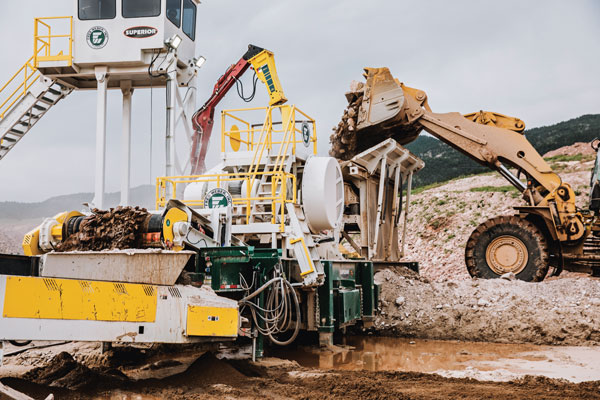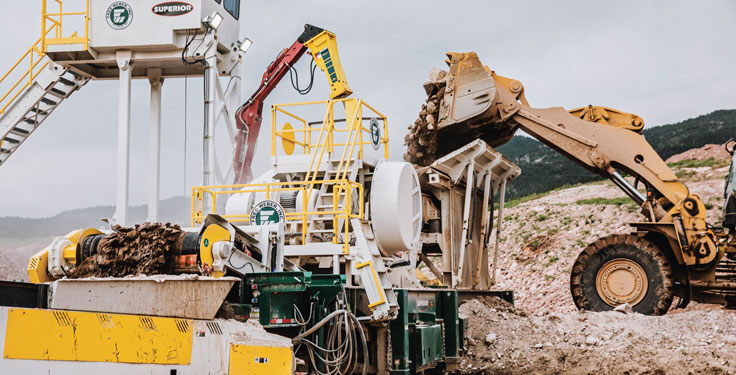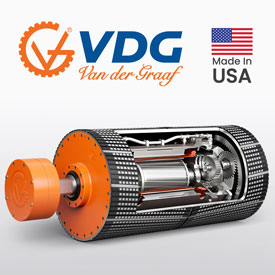
More than three years have passed since the COVID-19 pandemic started a chain reaction that impacted life as we know it.
One area drastically affected was the global supply chain. Lead times increased exponentially, prompting everyone to adjust – and then adjust again and again – in order to keep business effectively moving.
But time heals some wounds. Components of the supply chain have stabilized, and some aspects of buying and selling today resemble the dynamics in place prior to 2020.
As an example, Caldwell Stone Co.’s Clay Albright says the lead times he’s seen for parts are down, in some cases, to days.
“[When] I’m calling for wear parts, most of the time they’re in stock and we’re getting them within a couple of days,” says Albright, an owner and vice president at Caldwell Stone in Danville, Kentucky. “If it’s something critical that I need, I’m able to send somebody immediately to pick a part up. I haven’t seen too much of an issue with [lead times] like there were a couple of years ago. I think it’s getting better and people are catching up.”

Albright is still planning ahead, though. Caldwell Stone recently constructed a 100-ft. x 40-ft. parts warehouse to stock on-site. The warehouse was made possible thanks to healthy availability from suppliers, he says.
“We plan to try to make sure we have everything we need,” says Albright, who is currently chair of the National Stone, Sand & Gravel Association’s Young Leaders. “I ordered a set of wear plates for my VSI crusher, we installed them and I ordered a second set to have on my shelf. [The supplier] had enough for me to do that – plus some.
Now, I have a whole set ready to go, just in the event something happens.”
This year, Albright bought an excavator for the first time after renting in the past. Caldwell Stone has also added a pickup truck, forklifts and other auxiliary equipment.
While the wait time for the pickup truck was about six months, a more recent purchase had a much shorter wait.
“We ordered a skid-steer [on a Tuesday] and I think it will be here by the end of the week,” Albright says. “It was pretty quick.”
Managing lead times
In terms of lead times for parts, Kimball Equipment’s Kirk Rainbolt has a similar view.
“I think the component side of this business has improved,” says Rainbolt, CEO of Kimball Equipment, an equipment dealer with locations across seven Western states.
“We do a fair amount of offshore sourcing ourselves. The freight costs have come down, lead times have been reduced and, in some cases, costs of good have been reduced. That part of the supply chain is no longer the constraint.”
Fabricating and assembling equipment at the manufacturer level, however, is a different story. Because demand for equipment remains high, manufacturers continue to have large backlogs that ultimately mean longer wait times for customers.
As Rainbolt describes, this problem is not one that will be solved overnight.
“I don’t think there is a quick fix for that,” he says. “You saw an expansion announcement from Superior [Industries] in Prescott Valley, [Arizona]. That’s an example of something that has to happen for this problem to be solved. But even that’s going to take a year for some of that to come online. Really, I think it will take two years minimum for the manufacturing side to have the capacity to catch up with demand.”












